What’s the Difference Between Waves and Tides?
Waves vs tides: – what’s the difference? Waves are made by wind blowing over the water. Tides are because of the rise and fall of sea levels.
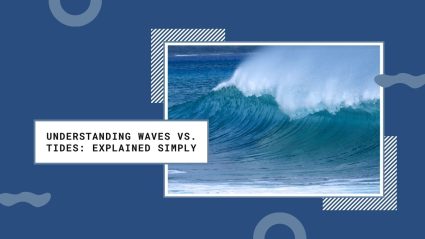
Waves vs tides: – what’s the difference? Waves are made by wind blowing over the water. Tides are because of the rise and fall of sea levels.
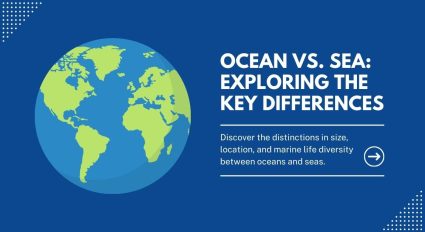
While oceans are deep and open, seas are closer to coasts and can be thought of as parts of oceans. There are 5 oceans and over 50 seas.
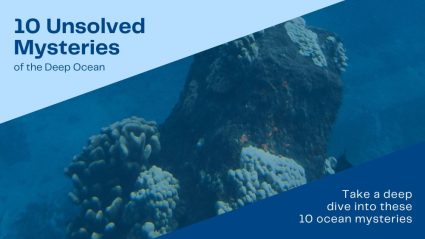
The ocean is vast and still holds many mysteries. Today, we’re going to dive deep and explore 10 of these fascinating mysteries.

Tsunamis are long, tall waves that can be disastrous to anything nearby. But what causes tsunamis? 80% start from earthquakes. And how do tsunamis form?
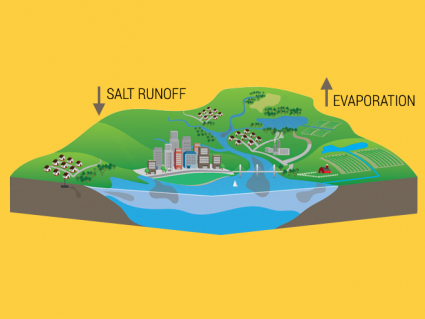
Oceans are salty because runoff transports minerals and salts from the surface. When ocean evaporates from heat, salt remains in the ocean and water rises.
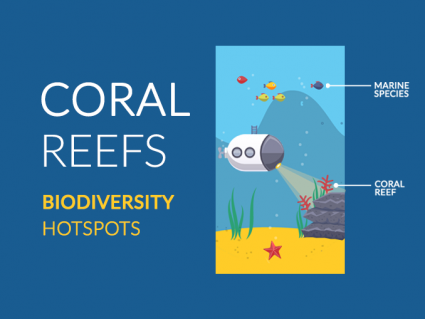
Coral reefs are biodiversity hotspots for ocean life. Remarkably, about 1/4 of marine species reside in them. So the spotlight is on coral reefs for protection.
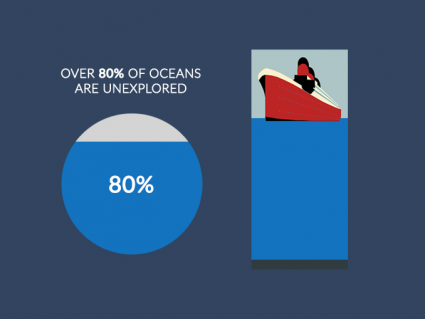
We’ve mapped 100% of oceans at 5 km resolution using satellite radar. We’ve mapped 20% with bathymetry sonar. But nearly 80% of oceans have gone unexplored.
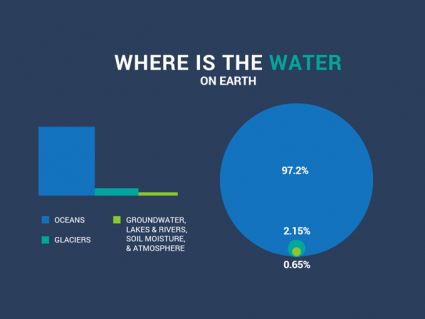
Water is in the ground, on the surface, in the air and in our bodies. But how much global water distribution is in glaciers, groundwater, rivers and lakes?
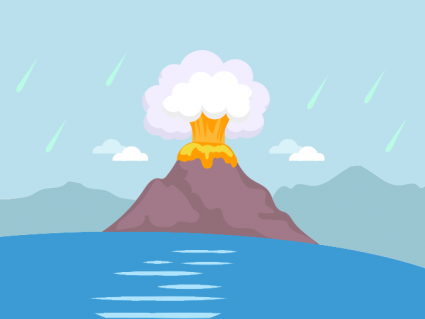
2 theories exist for the origin of water on Earth: Did comets transport water? Or was there degassing from volcanoes from rocks existing within the crust?
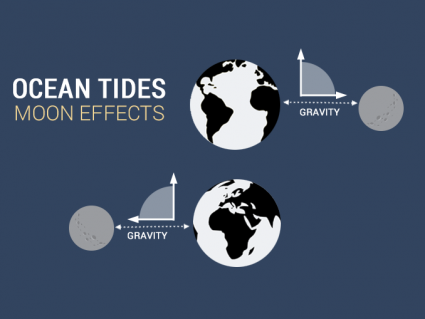
When the moon is close to Earth, its gravitational pull stretches the side it’s facing. Because oceans hold a set amount of water, levels rise in one area.
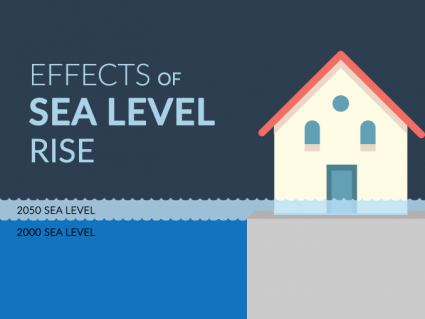
As temperatures surge, sea levels rise with it. This is because melting ice sheets add to total water volume. By 2100, water levels could rise 32-68 inches.
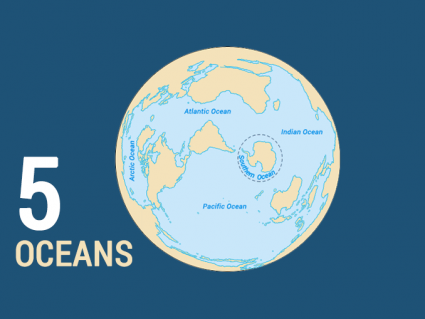
Since the year 2000, the International Hydrographic Organization (IHO) started recognizing 5 oceans: Pacific, Atlantic, Indian, Arctic and Southern Ocean.
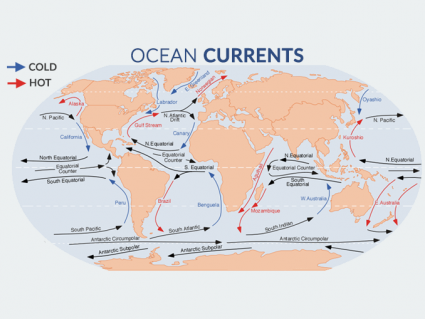
Ocean currents are like giant conveyor belts moving huge amounts of water all the time. Wind, temperature and salt gradients all influences ocean currents.